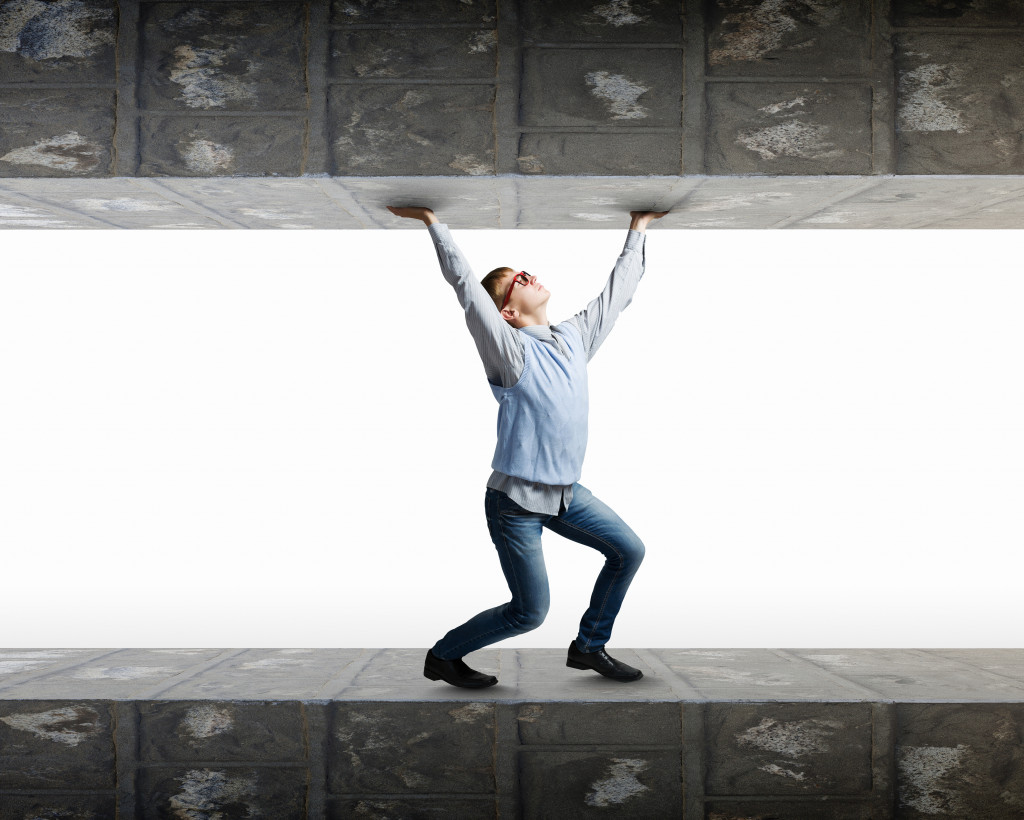• Fear of limited escape routes can contribute to feelings of claustrophobia in the home environment.
• Crowded spaces and clutter overload can further exacerbate this fear.
• Utilizing storage rooms, creating open spaces, and focusing on comfort can help reduce the risk of claustrophobia.
• Night lights, plants, and adequate light sources can also help make your home a more calming environment.
Everyone wants to feel comfortable and safe in their homes, but this isn’t always the case for some people. When people feel trapped and suffocated in their homes, they are likely dealing with claustrophobia—a feeling of intense fear or panic when surrounded by anything that prevents them from open spaces.
Claustrophobia and Your Home Life
Claustrophobia is a reasonably common phobia among people of all ages and backgrounds, but it can be challenging to manage when it comes to home life. People with claustrophobia may find themselves avoiding certain rooms or activities at home, such as spending time in the basement or sleeping in their bedroom. Here’s why you feel claustrophobic in your home.
Fear of Limited Escape Routes
One of the most significant contributors to claustrophobia is feeling like there aren’t any escape routes if something were to happen, such as an emergency. If someone is surrounded by walls, furniture, and other objects that limit their ability to get out quickly and safely, it can trigger feelings of claustrophobia. To reduce this fear, you must ensure clear paths throughout your home that allows you to move freely and quickly if needed.
The Dread of Crowded Spaces
Living with other people can also be a source of anxiety if you are not used to having many people around you. Feeling overwhelmed or confined when there are too many people in one space can lead to feelings of claustrophobia.
To decrease the risk of this occurring, create designated areas within your home that are set aside expressly for times when you need extra space or privacy. This will help give you a sense of control over your environment which can make all the difference in managing feelings of fear or panic.

Overload From Too Much Stuff
Having too much stuff in your home can contribute to feeling overwhelmed and confined due to clutter overload—another form of claustrophobia. People’s homes should be places where they feel relaxed and at ease; however, when your living spaces become filled with unnecessary items that have no purpose other than taking up space, it can make us feel trapped and unable to breathe correctly. To combat these feelings, try decluttering regularly so that only items that bring joy remain in your home environment!
The Fear Of Darkness
Darkness can also contribute heavily towards causing claustrophobic episodes within the home environment as it creates a sense of helplessness which can cause panic attacks. To reduce these episodes, try ensuring rooms have adequate light sources or even leaving doors or curtains open throughout the day so light can enter freely into each room. You could also use night lights throughout hallways and bedrooms if necessary, as this will provide enough light for navigation but not so much as to disrupt sleep patterns!
Preventing Claustrophobia at Home
Dealing with the problems above is one way to help prevent claustrophobia in your home. But you must also know how to prevent it from happening. Here are some of those ways:

Utilize Storage Places
Using storage rooms is one way to help reduce the clutter you have in your home. This will help create a feeling of openness and make it easier to find things when needed. Consider using your garage if you’re not storing your vehicle there often or if there’s enough space for extra items. You can check to maximize garage space tips online to ensure you have room. Doing this allows you to store items without cluttering your home and creating a sense of claustrophobia.
Create Open Spaces
Open spaces create the illusion of openness, making it easier to move around. Try using more significant pieces of furniture that leave enough space to move around and ensure plenty of light enters the room. You can also use plants to create a natural openness and reduce claustrophobia.
Focus on Comfort
Making changes to your home that make you feel more comfortable is essential in preventing claustrophobia. From choosing the right type of furniture to buying things that bring you joy, focusing on comfort is vital when selecting pieces for your home. This will help create an inviting and calming environment, significantly reducing the risk of feeling claustrophobic.
Being aware of these tips and making minor changes to your home can significantly reduce feelings of fear or panic when dealing with claustrophobia. Your home should be your sanctuary, and feeling relaxed and secure in it is vital. With a few simple adjustments, you can create a comfortable and calming environment, reducing your risk of experiencing episodes of claustrophobia at home.
